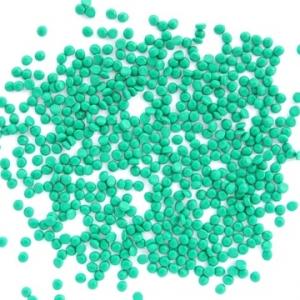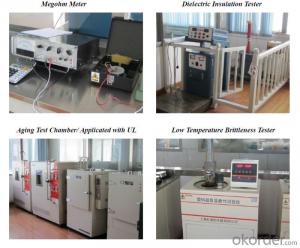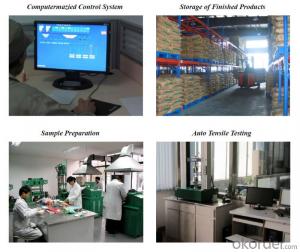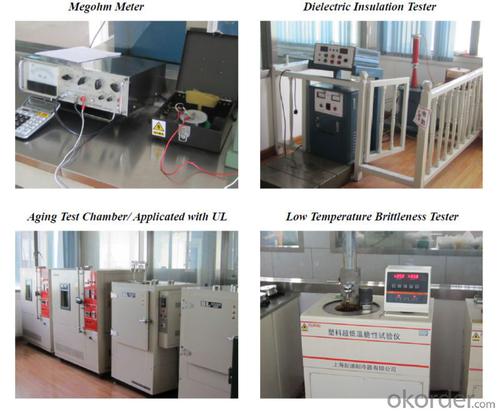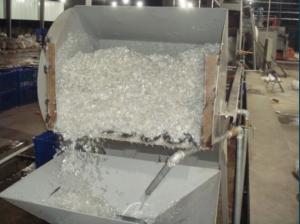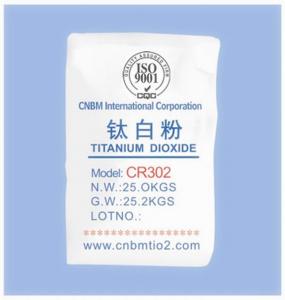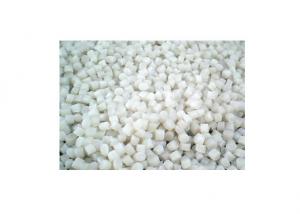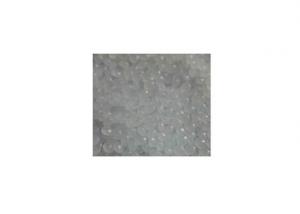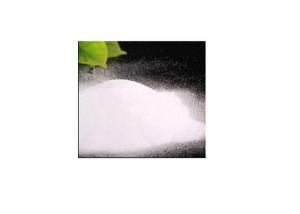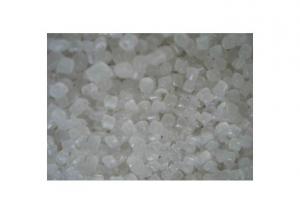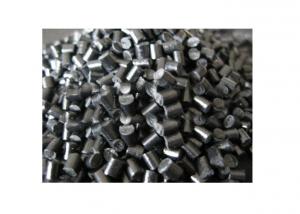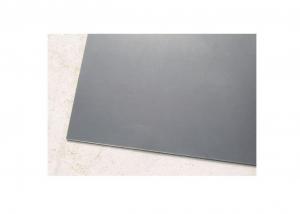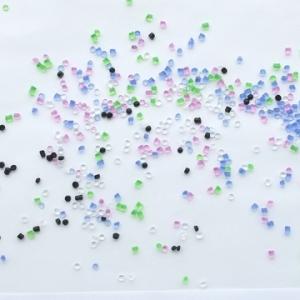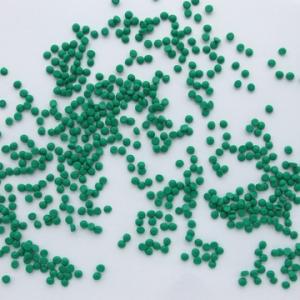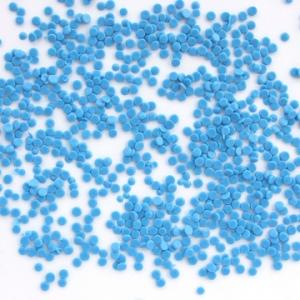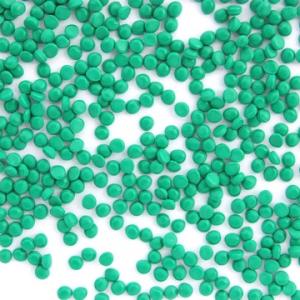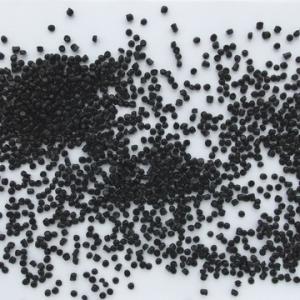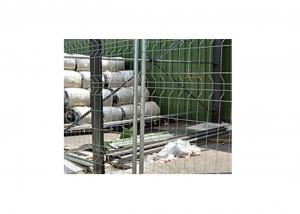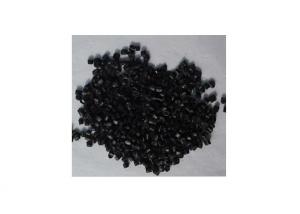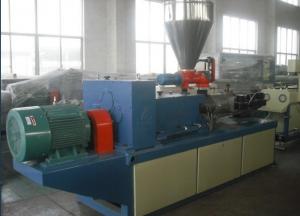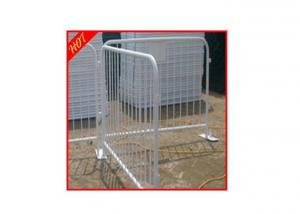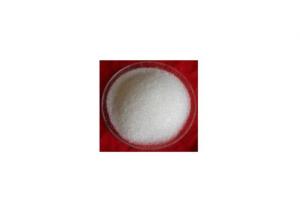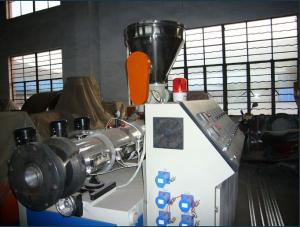K1 Class Chemical Cross-linkable LSZH High Flame Retardant Polyolefin for Nuclear Power Cable
- Loading Port:
- Shanghai
- Payment Terms:
- TT OR LC
- Min Order Qty:
- 1 m.t.
- Supply Capability:
- 350 m.t./month
OKorder Service Pledge
OKorder Financial Service
You Might Also Like
Polyolefin:
(1) competitive price
(2) 30 years of experience
(3) stable quality
(4) customized product
Polyolefin:
1. Applications and cable specifications:
Type | Product | Application and cable specification |
HL112-1 | K1 class chemical cross-linkable low smoke halogen free high flame retardant EPDM rubber insulating compound for nuclear power cables | 1E grade K1 class chemical cross-linkable flame retardant EPDM rubber insulation of nuclear power cables |
HL113-1 | K1 class chemical cross-linkable low smoke halogen free high flame retardant POE rubber insulating compound for nuclear power cables | 1E grade K1 class chemical cross-linkable flame retardant rubber insulation of nuclear power cables |
HL113-7 | K1 class chemical cross-linkable low smoke halogen free high flame retardant POE filling compound for nuclear power cables | 1E grade K1 class chemical cross-linkable high flame retardant filling compound of nuclear power cables |
HL113-2 | K1 class chemical cross-linkable low smoke halogen free high flame retardant POE rubber jacket compound for nuclear power cables | 1E grade K1 class chemical cross-linkable high flame retardant rubber jacket of nuclear power cables |
HF112-1 | K1 class irradiation cross-linkable low smoke halogen free high flame retardant EPDM rubber insulating compound for nuclear power cables | 1E grade K1 class irradiation cross-linkable flame retardant EPDM rubber insulation of nuclear power cables |
2. Description:
Low smoke halogen free flame retardant POE compound for nuclear power grade 1E class K1 cable, based on EPDM rubber and POE resin, is produced and pelletized by special technology, adding special modifier, halogen-free flame retardant, anti-oxidant, crosslinking sensitizer and other special additives.
3. Processing:
The following temperature(°C) profile of extruder is recommended:
| Type | Processing Equipment | Compression ratio | L/D | Processing temp. °C | Recommended vulcanize temp. | |||||
| Zone 1 | Zone 2 | Zone 3 | Zone 4 | Head | Die | |||||
| HL112-1 | Common rubber extruder | 1.1:1~1.5:1 | 15:1~20:1 | 60-110 | 160-200 °C | |||||
| HL113-1 | ||||||||||
| HL113-7 | ||||||||||
| HL113-2 | ||||||||||
| HF112-1 | 50 | 90 | 110 | 115 | 120 | 120 | ||||
4. Storage and transport:
Packing: 25kg/bag, PE membrane inside bag and craft outside bag.
Avoiding in direct sunlight and weathering.
Storage place should be clean, cool, dry and ventilated.
5. Properties:
| Item | Unit | HL112-1 | HL113-1 | HL113-7 | HL113-2 | HF112-1 |
| Standard | Standard | Standard | Standard | Standard | ||
| Tensile Strength | ≥MPa | 8.5 | 8.5 | 6 | 9 | 8 |
| Elongation at Break | ≥ % | 200 | 200 | 70 | 150 | 200 |
| Thermal Aging | °C×d | 135×10 | 135×10 | — | 135×10 | 135×10 |
| Variation on TS/ EB | ≤ % | ±30/±30 | ±30/±30 | — | ±30/±30 | ±30/±30 |
| Thermal Prolongation 20N/cm2 | °C×min | 250×15 | 200×15 | — | 200×15 | 250×15 |
| Elongation Under Load | ≤ % | 175 | 175 | — | 175 | 175 |
| Permanent Deformation | ≤ % | 15 | 15 | — | 15 | 15 |
| Volume Resistivity at 20 °C | ≥Ω.m | 1.0×1015 | 1.0×1012 | — | 1.0×1012 | 1.0×1015 |
| Dielectric Strength | ≥KV/mm | 25 | 20 | — | 20 | 25 |
| Oxygen Index | ≥ % | — | 30 | 40 | 30 | — |
| Impact Brittleness Temperature | °C | -30 | -30 | -15 | -30 | -30 |
| Smoke Density Flaming | ≤ | 100 | 100 | 100 | 100 | 100 |
| Non Flaming | ≤ | 350 | 350 | 350 | 350 | 350 |
| Acidity of gases evolved (PH) | ≥ | 4.3 | 4.3 | 4.3 | 4.3 | 4.3 |
| Conductivity of gases evolved | ≤μs/cm | 10 | 10 | 10 | 10 | 10 |
| Toxicity Index | ≤ | 2.5 | 2.5 | 2.5 | 2.5 | 2.5 |
| Water Absorption Test | °C×h | 85×336 | 85×336 | — | 85×336 | 85×336 |
| Variation on TS/ EB | ≤ % | ±40/±40 | ±40/±40 | — | ±40/±40 | ±40/±40 |
| 20°C Dielectric Constant (50HZ) | ≤ | 2.8 | — | — | — | 2.8 |
| Dielectric Loss Angular Tangent at 20°C (50HZ) | ≤ | 0.003 | — | — | — | 0.003 |
| Ozone Resistance | No cracking | No cracking | No cracking | No cracking | No cracking | |
| Irradiation Test 3300KGy | No cracking | No cracking | No cracking | No cracking | No cracking | |
| Thermal Life | ≥years | 60 | 60 | 60 | 60 | 60 |
6. Company
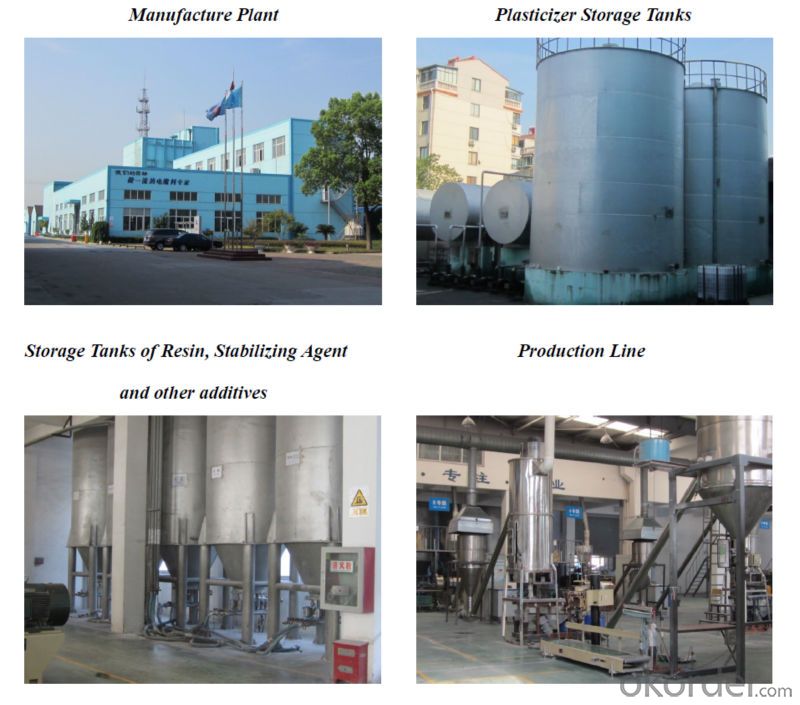
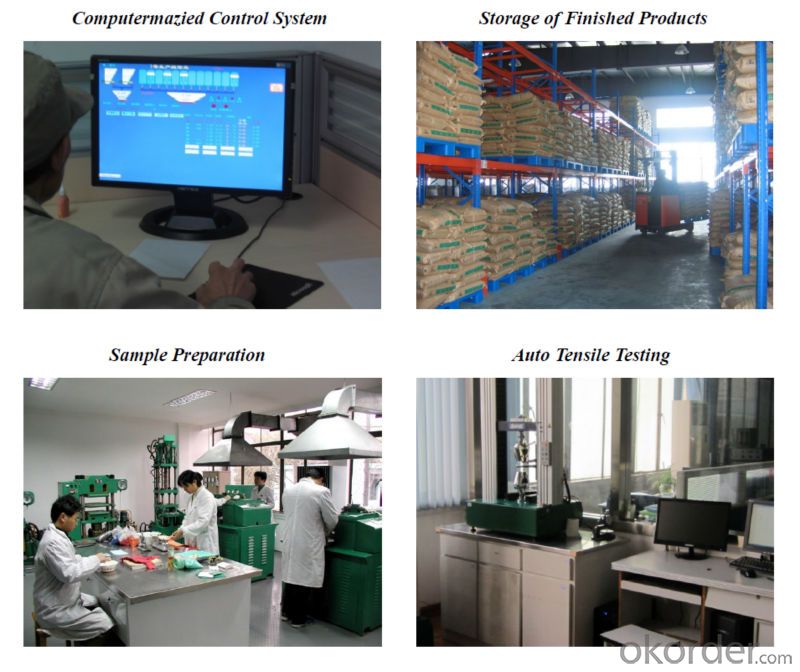
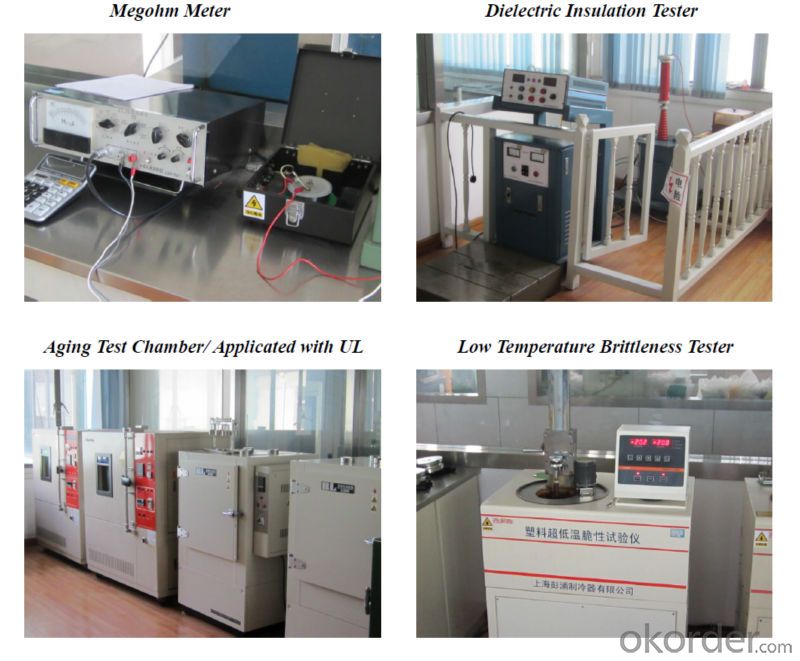
- Q: How many kinds of raw materials are produced by wrapping plastic film?
- Film type: PVA coated high barrier film, biaxially oriented polypropylene film (BOPP) and low density polyethylene film (LDPE), polyester film (PET), nylon film (PA), polypropylene (CPP) film, etc..
- Q: The difference between resin and plastics
- Resin: refers to the raw materials, such as polyethylene resin, polypropylene resin, polyester resin, etc., but in general, plastic and resin two terms can be common. So, it can be said that plastic is resin, and resin is plastic. Thus, the resin is one of the raw materials of plastic, plastic is the finished product of resin. In other words, the resin is not formed and molded into plastic.
- Q: What material is good for plastic bellows?
- In the cases to recommend the use of PE (polyethylene) bellowsNo oxidizing acids, no environmental oils, vegetable oils, mineral oils, no organic solvents such as aliphatic hydrocarbons, aromatic hydrocarbons, ketones, esters, etc..Mainly used in the temperature range of -40 to 80 degrees Celsius environment; used in automobiles, motorcycles and other motor vehicle wire harness sheath; also used for household appliances, precision machine tools and other equipment wiring wire sheath.
- Q: PE plastic bellows raw material formula (PE and PP ratio, as well as other filling)?
- PE bellows formulations generally include the main resin, additives and fillers, in which the resin polymer in the infrared spectrum of the difference, the plastic material can be judged by analysis.
- Q: What is the plastic bag made of?
- The main raw material of plastics is oil and natural gas, that is, carbon hydrogen compounds. First, the appropriate macromolecular components in petroleum and natural gas are extracted, first split into monomers, and then polymerized into polymers to become plastic
- Q: What can be added to the PP plastic material to prevent light transmission?
- PP material suppliers to remind you, PP plastic raw materials to add sunscreen, adding black masterbatch or impact PP raw materials on the line
- Q: Characteristics and uses of CA plastics
- A chemically modified natural polymer obtained by esterification of hydroxyl groups in cellulose molecules with acetic acid. Its performance depends on the degree of acetylation.
- Q: PVC what chemicals do you need for plastic surface treatment?
- At present, the use of petroleum as raw materials of plastics, fibers, synthetic rubber and other synthetic organic polymer materials is increasing, and is still growing rapidly. But in actual use, people gradually found that this kind of material has many problems such as surface, low surface hardness and poor barrier property, difficult printing, difficult bonding, electrostatic, biocompatibility and poor surface, these problems not only seriously influence the performance of these products, but also greatly limits its application to further expand the market the.
- Q: What are the raw materials for producing plastic bowls and cups?
- Now the plastic bowl is basically made of PP, the quality is better. What's more, the PP bowl can be baked in a microwave oven, and other plastics will not.
- Q: What are the properties of plastic material PS? What are the advantages and disadvantages?
- The parameters of PS plastic (polystyrene) English Name: Polystyrene weight: 1.05 g / cm3 molding shrinkage rate: temperature: 170-250 degrees 0.6-0.8% molding material properties of electrical insulation (especially high-frequency insulation) excellent, colorless and transparent, light transmittance after organic glass, color of water resistance, good chemical stability, strength, but brittle that is easy to produce stress cracking, no resistance to benzene. Gasoline and other organic solvents. Suitable for production of transparent insulation. Trim and chemical equipment. Optical instrument parts forming performance.
Send your message to us
K1 Class Chemical Cross-linkable LSZH High Flame Retardant Polyolefin for Nuclear Power Cable
- Loading Port:
- Shanghai
- Payment Terms:
- TT OR LC
- Min Order Qty:
- 1 m.t.
- Supply Capability:
- 350 m.t./month
OKorder Service Pledge
OKorder Financial Service
Similar products
Hot products
Hot Searches
